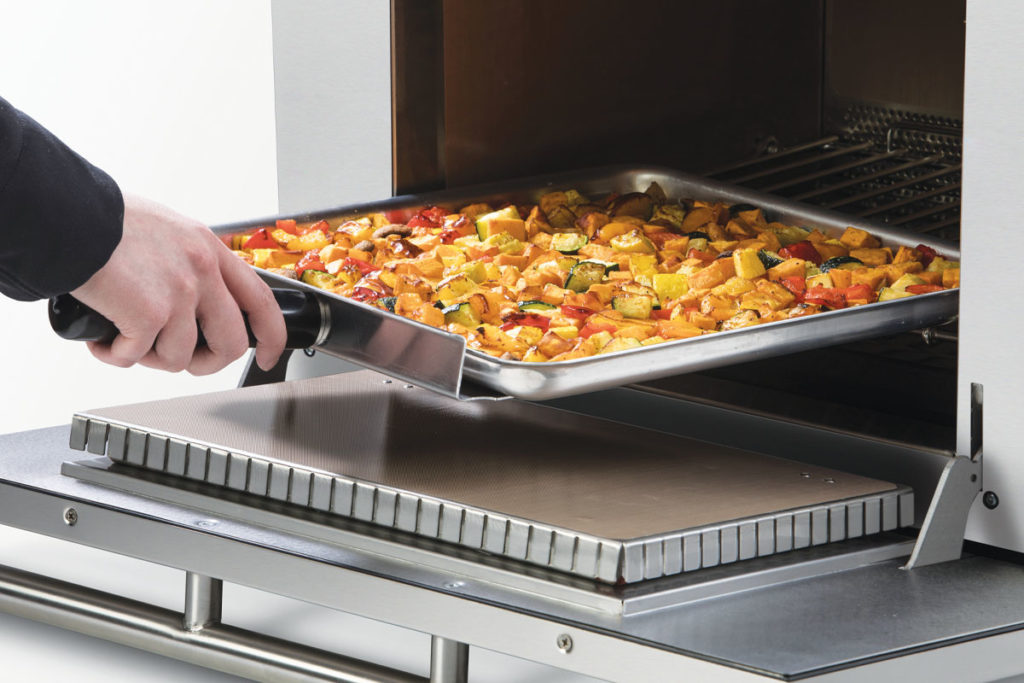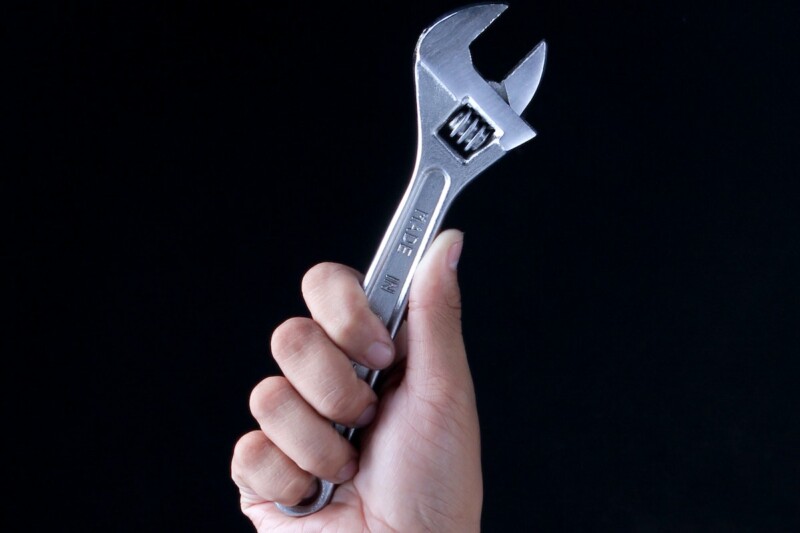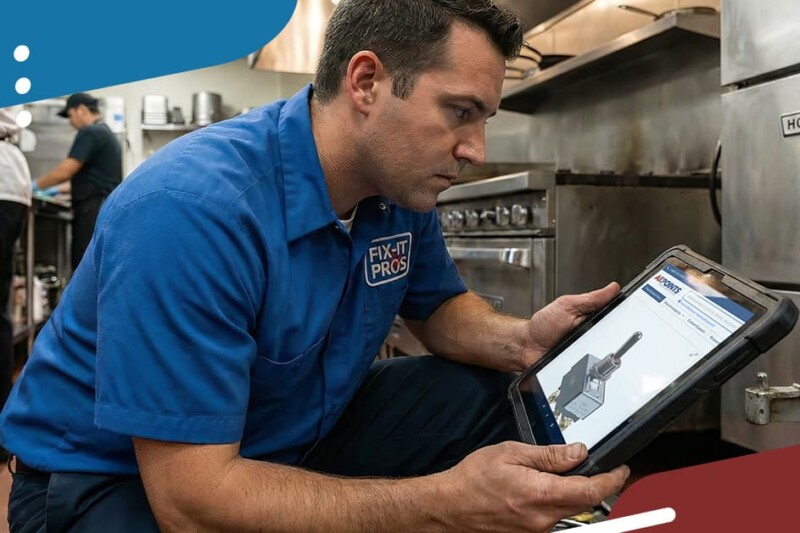
It’s easy to see why fast-cook ovens have become a foodservice essential. They fit on countertops, are ventless and can cook a variety of food in minutes or even seconds. They also can cost as much as a used car, so maintenance mistakes could hit you deep in your pockets. We asked service agents to share best practices for how to care for this small yet powerful piece of cooking equipment.
DO CLEAN MORE OFTEN THAN ONCE A DAY.
Cleaning once a day is just not going to cut it with this equipment. “Users may clean it out at the end of the day or the morning before they start it up,” says Dan Dibeler of K&D Factory Service. “But any extra food or grease particles that are in there are going to draw the microwaves to it, which puts a strain on the magnetron. I can tell you that 95% of the time when we open these ovens on a service call, they’re dirty inside.”
Service agents advise wiping down the cooking cavity anytime you can see debris, and make sure to dump the crumb tray every couple of uses. The goal is to maintain a smooth surface so that the oven waves are attracted to the edges of the food cooking. Otherwise, the oven’s components could wear out, as it must work harder to cook food.
DON’T SLAM THE DOOR.
The biggest wear and tear on fast-cook ovens is on the door hinge, agents told us. “I tell users all the time not to slam these doors,” says CJ Marchbanks of Duffy’s AIS. “If they just left their hand on the door and physically closed it instead of pushing it to slam it shut, it would save a lot of issues.”
Continued slamming ultimately breaks the door switch, which means that the oven won’t be able to recognize when the unit is closed and therefore won’t turn on. Replacing those hinges and switches can be a fairly expensive fix.
DO BE GENTLE WITH THE SCREEN.
First, just a few buttons start wearing down and then the whole touch screen goes haywire and becomes unresponsive. “Manufacturers build the oven touch screens as best they can, but users definitely put them to the test out there in the field,” says Marchbanks.
“I’ve seen people puncture them by using pens, knives or even a spatula—just whatever they had in their hand,” he continues. “Then there’s the danger in users pressing the button once and it doesn’t do what they want so they jam it 10 more times.”
DON’T STACK THEM.
Even when fast-cook ovens are marketed as being designed to be stacked one on top of the other or with other pieces of cooking equipment, service agents advise caution. “Stacking them definitely affects the way that they work,” says Marchbanks. “Even if they’re built for stacking it’s not ideal because you see the top oven getting a lot of extra heat because heat rises.” At least one manufacturer says it combats the issue by designing and developing its models from the start in stacked configurations to ensure they work properly together.
RELATED CONTENT
- Advertisement -
- Advertisement -
- Advertisement -
TRENDING NOW
- Advertisement -
- Advertisement -
- Advertisement -


